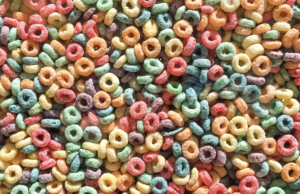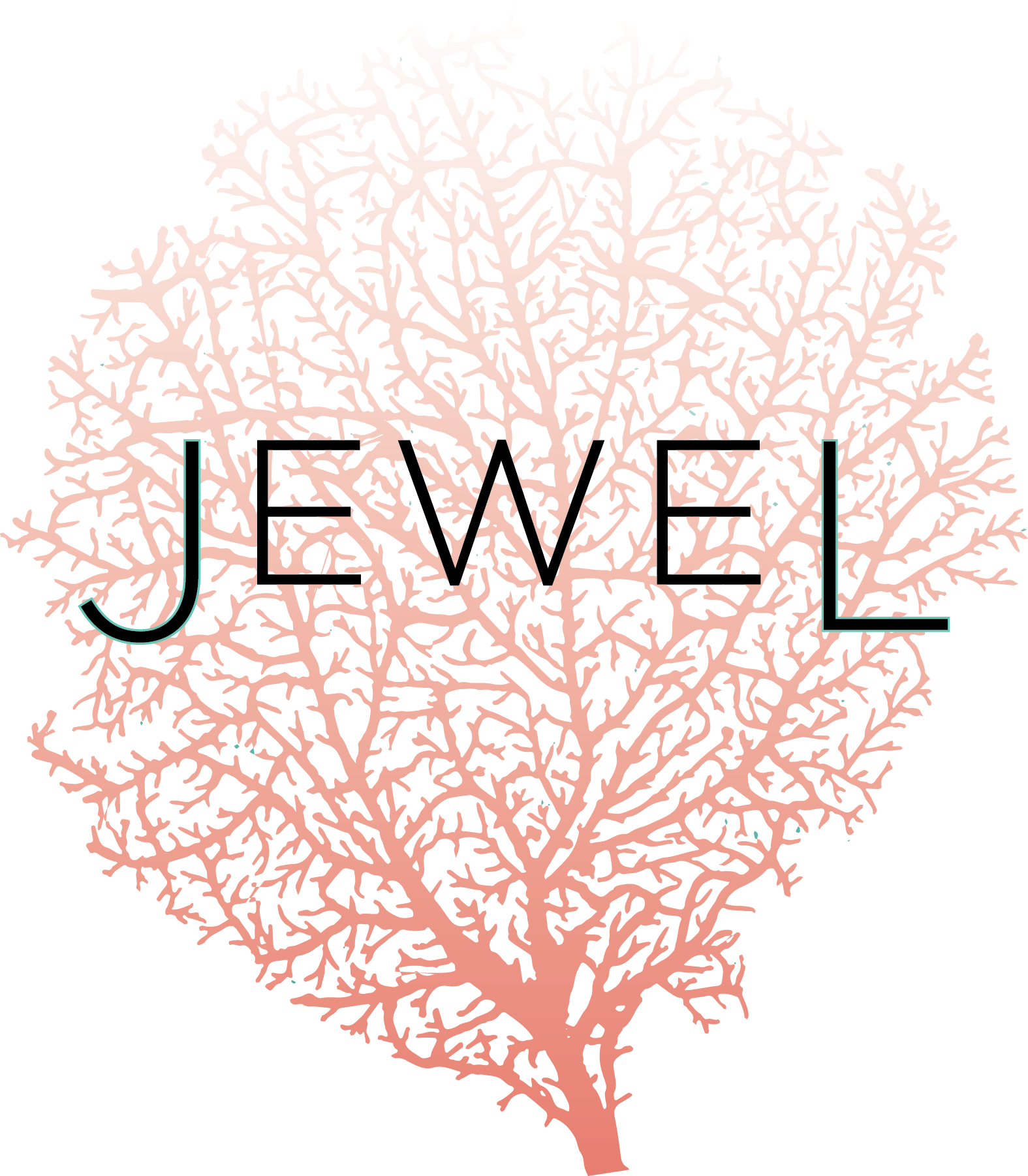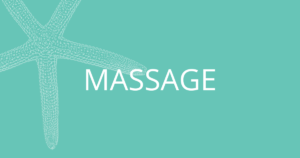 Why not to eat artificial food coloring.
Why not to eat artificial food coloring.
Do you know the why, think it’s OK or even safe to eat? The FDA still thinks is safe, and I want to discuss the reasons why it’s problematic to the body, and honestly, why it’s actually unnecessary to eat. Artificial food coloring was originally made to entice the person to eat certain foods because it “looked” better. The colors actually helped children to want to eat more, because it looked more fun to eat, which, in turn with all the added sugars left children at a higher rate for obesity.
There are loads of easier ways to give food it’s color, from using beet juice for the reds and purples, spinach for greens, carotene from carrots for oranges, and saffron for the yellows, however, it is much more expensive…but when you think about it, what’s more expensive buying a food with added food coloring now or paying later in medical bills from the causes in health issues?
Some (most) food colorings are actually banned in Europe. Products that contain Yellow 6 and Red 40 must include warning labels in the European Union. These dyes are also banned in Norway and Austria. Synthetic food dyes are banned in Europe and Australia, where more natural coloring compounds are used. For example, sodas like Fanta contains actual fruit juice and is dyed naturally. While, Americans enjoy Fanta colored with petroleum-derived artificial dyes like red 40 and yellow 6. Why is this? This makes me crazy, is it for money? Make a little more money while harming the individual drinking it. I found out that Gatorade has also been banned in many European countries in 2012 for containing brominated vegetable oil and Yellow 5 and 6. I still just ponder, why?
Many artificial food colorings have been linked to cancer:
European countries have taken that into account and have taken this out of their foods by banning them. Artificial food coloring can do many things to the body, from causing hyper activeness to potential cancer. Allergic reactions, hives, inflammation, hypersensitivity, watery eyes, ADHD, skin reactions, migraines, irritability, depression, restlessness, are to name a few. When you repeat eating certain foods and continually put these artificial food colorings in the body, the body just can’t break them down and detoxify them, building up in the body to be s necessary in the fat tissue.
Next time you are decorating your favorite Christmas cookies, or icing the cake, think about what ingredients are going into/on them. I know I can talk endlessly on sugar and what inflammation does to the body, but by adding artificial food coloring will only create a more “toxic storm”. Many times I hear, I only had one at the dinner party, or I only had 3 in the past 2 weeks. Honestly, the body can’t understand this, and they add up, as we can’t process them out very quickly, and some people can’t at all. Honestly, think about it truthfully, why would one want it, if we know the ramifications of what it does to the body.
Eat real ingredients
Look at the labels before you buy foods, and please don’ t think what is written on the front of the box is true, there are so many marketing gurus out there that can twist words around into making you believe something is healthy when it is actually not. Read labels, and learn to watch out for certain foods. Being in the field of a gut health specialist, what artificial food coloring does to the gut is extremely harmful. It will disrupt the gut lining and eventually cause something called leaky gut, or intestinal permeability. It also interferes with our digestive enzymes when breaking down our foods which leads to less nutritional value overall as we can’t digest and assimilate our food.
What food dyes are approved by the FDA?
- FD&C Blue 1 (Brilliant Blue)
- FD&C Blue 2 (Indigo Carmine)
- Citrus Red 2
- FD&C Green 3 (Fast Green FCF)
- Orange B (No longer used in the U.S., but was never officially banned)
- FD&C Red 3 (Erythrosine)
- FD&C Red 40 (Allura Red)
- FD&C Yellow 5 (Tartrazine)
- FD&C Yellow 6 (Sunset Yellow)
Are these still safe? As we can see these raise some serious health concerns. They are obviously not healthy. Red #40, Yellow #5, and Yellow #6 are responsible for most of what dyes are in our food. These 3 dyes have benzidene in them which is a known carcinogen. Orange B is known to mostly be in hot dogs and sausage casings. Another major artificial food coloring to be on the look out for is caramel. This many believe is a natural substance, however, it’s actually derived from ammonia and sulfites. This can be found in beer, soft drinks, soy sauce, balsamic vinegar, and most other dark brown foods.
Just another reminder to check your personal care products, these ingredients could be swimming in them. Cosmetics, supplements, and medications all can contain these harmful artificial food colorings.
I do a grocery store walk through with mostly all my clients, we look at labels, and really determine if their favorite foods are healthy or covered up with ingredients that aren’t really natural after all. I suggest next time you are in the market to really read those labels, and of course the best is to only grab whole foods with one ingredient, the one you can see. See more information
 Jen Dreisch, BCHN, RWS- Master practitioner
Jen Dreisch, BCHN, RWS- Master practitioner
Sources:
- “Color Additives Questions and Answers for Consumers.” U.S. Food and Drug Administration, FDA, 2018, www.fda.gov/food/food-additives-petitions/color-additives-questions-and-answers-consumers
- Dessy, Mira. The Pantry Principle, Mira Dressy, NE. 2013, 2017
- Kobylewski, Sarah, and Michael F. Jacobson. Food dyes: A rainbow of risks. Center for Science in the Public Interest, 2010.
- “DIET AND NUTRITION: The Artificial Food Dye Blues.” National Library of medicine, 2010 Oct, www.ncbi.nlm.nih.gov/pmc/articles/PMC2957945/
- “What Foods Are Banned in Europe but Not Banned in the U.S.?” The New York Times, 2018, www.nytimes.com/2018/12/28/well/eat/food-additives-banned-europe-united-states.html


